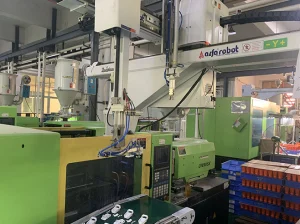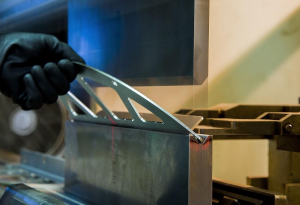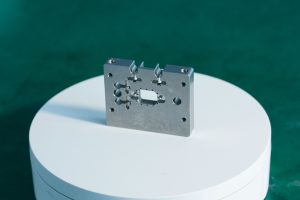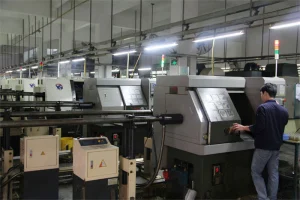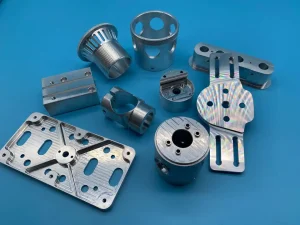Die Verarbeitung von Edelstahl -Teil bezieht sich auf den Prozess der Transformation von Rohstoffen (wie Edelstahlplatten, Barren, Rohre, and profiles) into parts with specific shapes, dimensions, Präzision, and performance requirements through a series of machining, thermal processing, or specialized processing techniques, using stainless steel as the base material. The following is an introduction:
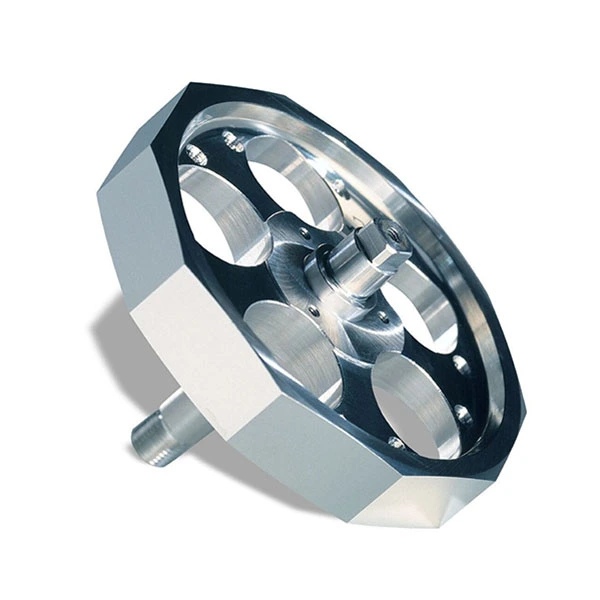
Stainless Steel Part Processing
1. Dimensional Accuracy Control — Stainless steel machining precision
Thermal Deformation Compensation
- The linear expansion coefficient of austenitic stainless steel (17.3×10⁻⁶/°C) is approximately twice that of carbon steel.
- During fine grinding, grinding heat must be controlled (e.g., by grinding in stages, with pauses for cooling after each cut), or refrigerated processing (using -30°C coolant) must be employed.
Tool Wear Compensation
- During turning, tool wear is measured after every 50 parts are machined (a tool change is required if VB ≤ 0.3mm).
- Tool radius compensation is set on the CNC system (e.g., using the G41/G42 commands on FANUC systems).
2. Surface Quality Control — Stainless steel surface finishing
Roughness Requirements
- Medical device parts: Ra ≤ 0.8μm (requires superfinishing or polishing);
- Chemical equipment: Ra ≤ 1.6μm (to prevent residual corrosion from the medium).
Polishing Process
- Mechanical polishing: Use a cloth wheel and chromium oxide polishing paste (suitable for flat surfaces), speed 2000-3000r/min;
- Electrolytic polishing: Use a phosphoric acid-sulfuric acid mixture (temperature 50-70°C, voltage 15-25V) to remove the work-hardened layer and achieve a surface Ra ≤ 0.2μm.
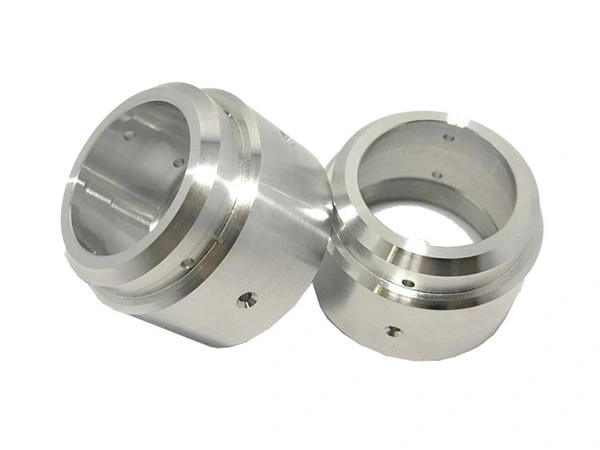
3. Heat Treatment Considerations — Stainless steel heat treatment process
- Solution treatment of austenitic stainless steel: Heat at 1050-1100°C for 1 hour, then water cool to eliminate work-hardening (hardness reduced from HB 200 to HB 150) and improve subsequent machinability.
- Martensitic stainless steel quenching and tempering: 850-950℃ quenching + 200-300℃ tempering, hardness controlled at HRC 40-45 (to prevent quenching cracking, graded quenching can be used).

